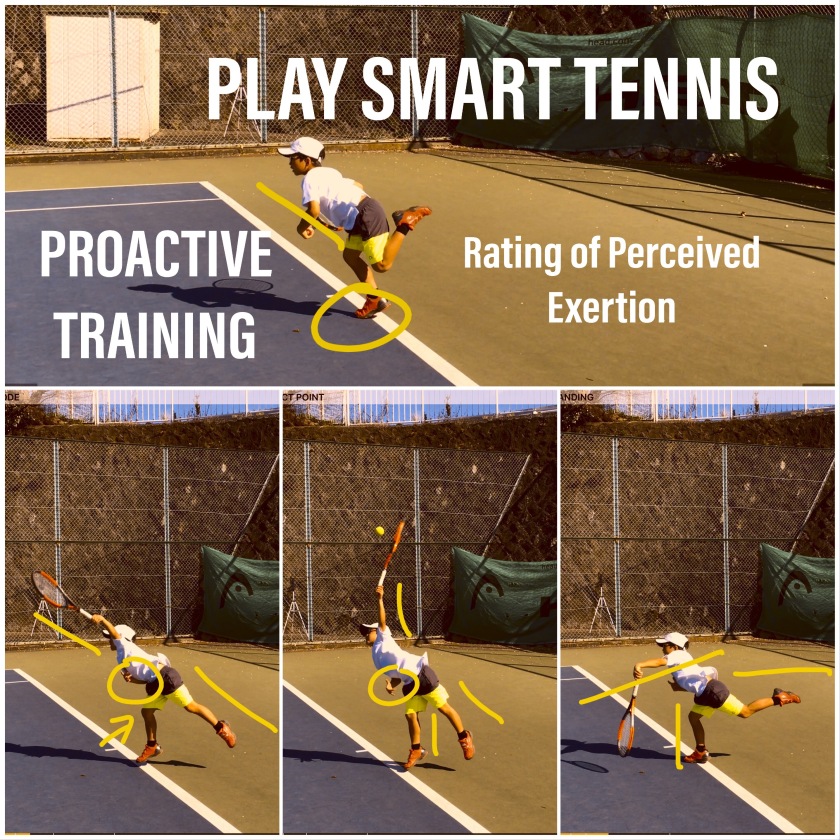MANAGING THE RELATION BETWEEN THE TRAINING LOAD AND INTENSITY USING PSYCHOLOGICAL ASSESSMENTS /PROACTIVE TRAINING PROGRAM
Training Load = training volume x training intensity
Training load can be quantified as the product of the session intensity (quality of training) and the volume (quantity of training).
Training intensity (quality) refers to the efficiency of an athlete’s efforts to respond to the training load, therefore athletes’ feedback of their reaction to the training load creates the most REALISTIC values of the intensity of the practice. These feedbacks can be obtained using the objective measurements, physiological markers (heart rate, VO2, lactates etc) and more subjective, cheaper and faster psychological measurements such are RPE, POMS, RESTQSPORT questionnaires. Combining the physiological and psychological assessments and comparing the results when managing the training program is a pre condition for implementation and managing the proactive training program.
SELF EVALUATION REPORT – RPE
The key of the proactive program is to evaluate and monitor athletes individually and regularly, comparing the current conditions to the datas in the past in order to manage the future training sessions in ways to be compatible with the athlete’s own psychological and physiological characteristics and needs. These characteristics are based on the differences in the training and recovery potential, levels of exercise capacity and intensity, life style and environment stressors, levels of stress adaptations, tolerance and they all affect the individual degrees of reaction to the training load.
The evaluation should be based on the athlete’s feedbacks and feelings about the level of adaptations, levels of stress and fatigue, recovery period, feelings about the game tactics etc. Therefore the players should be actively included in the monitoring and managing their own practice program, as the self evaluation raises the levels of the self awareness about the needs of self correction and adaptation of the training process.
RPE – rating of perceived exertion as assessment and as key training adaptations tool
RPE refers to the subjective rating of the perceived exertion, which is interpreted by the athlete during or after the practice or a match. The advantage of the RPE is that it can be implemented without the coaching as the athlete is automatically aware of the positives and negatives. Self analysis gives the athletes independence in analyzing the practice or a game. Other advantage is that is a very fast and low cost measurement as it’s subjective analysis. The disadvantage can be that the efficiency of it depends of the objectivity of the player and his/hers mood state after the training or a match performance.
Session-RPE method should be a valuable tool to monitor training loads and to avoid under training or overtraining. Based on the athlete RPE, the coach can understand how to modify the training, applying more load (in the case of under training) or lowering the stress that the athlete perceived as a step to the overload.
Consistent and repetitive high RPE should alert the coach that the athlete is constantly under the high levels of stress during the practice. This leads to insufficient recovery, chronic fatigue, injury and overtraining.
RPE decreasing due to the constant high intensity practice can show that the athlete is adapting to the higher training load, which can be very encouraging for the coach and the athlete.
On the other hand, decreasing RPE due to the normal level intensity practice can point out that the training intensity should be higher. Low RPE should alert the coach that the athletes will eventually lose the interest in the practice due to the lack of challenge, motivation and efforts.
RPE measures can provide very important and valuable feedbacks about the athlete’s perception of the daily and weekly training sessions. Monitoring the variables of load, monotony or strain over a period of time, enables the coach to determine athlete’s risk thresholds for overreaching, overtraining, injuries or illness.
Training monotony is the perceived level of the training load variations (changes) during one training microcycle (usually seven to ten days). If there are very little variations in the training load on day to day bases, the monotony level will be high (either consistent low or high training loads while the sessions have very low levels of variation).
Training monotony multiplied by the values of the weekly load, gives the values of the training strain, so the high level of training strain is a product of a high levels of the training load and monotony (low levels of training variations) and it presents the values of the physical and psychological pre conditions for the injury.

